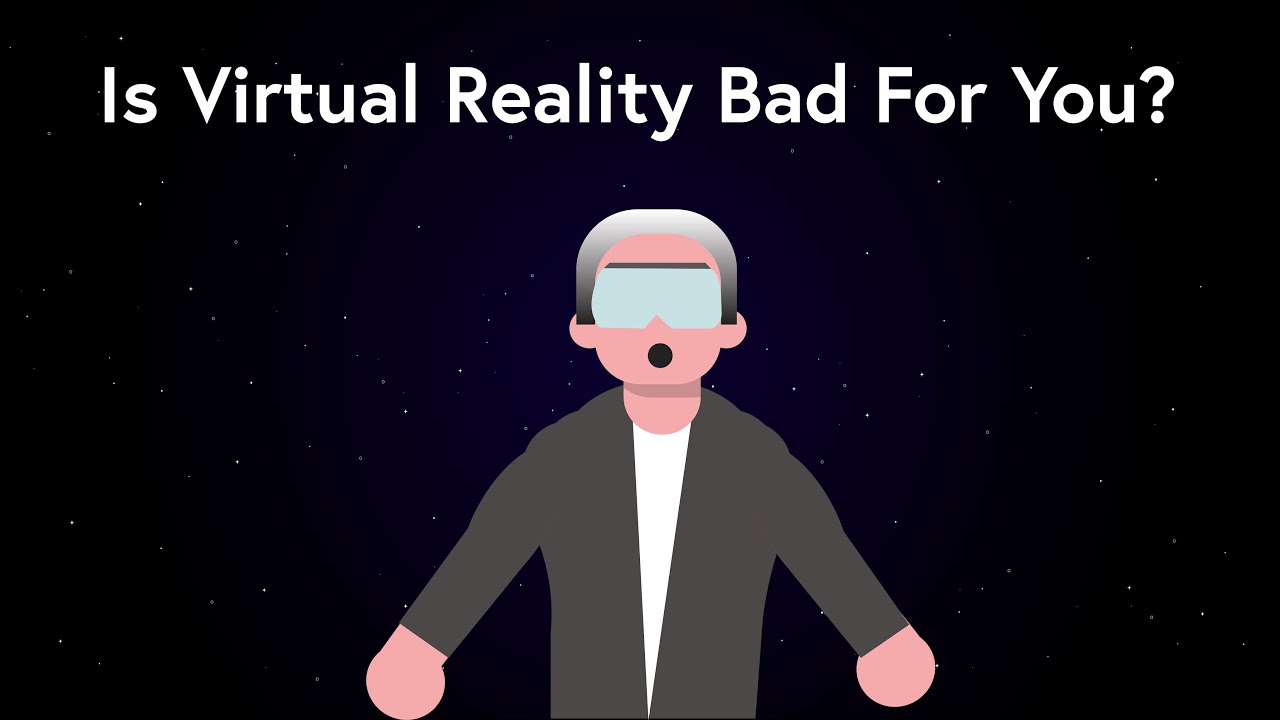In AR/VR Development
Is Virtual Reality Bad For Your Brain? - read the full article about VR development, AR/VR Development and Augmented & Virtual Reality Solutions from The ScienceVerse on Qualified.One

Youtube Blogger

Virtual Reality seems like magic to many of us, in just mere seconds a special pair of goggles transports us from our mundane lives to a world where we can fly through space or fight zombies.
However for all the fun that is possible with virtual reality one can’t help but wonder ,is virtual reality a two-sided coin? carrying unforeseen long term consequences on our health which we don’t know about.
In 2018 alone around 171 million active Virtual reality users were estimated to exist ,with around 16 million being hardcore gamers.
The virtual reality industry has grown a lot since then.
As the technologys popularity continues to soar, questions regarding its long term effects on health have been raised.
But in order to take an accurate assessment of Virtual Reality’s long term effects on the human body we need to consider this problem from two angles...a psychological and physiological one.
Let’s start with the psychological effects.
Obviously repeatedly engaging in activity which involves placing yourself in a falsely constructed reality designed to trick your brain is not without its side effects.
We see a perfect example of this in Stanford’s becoming homeless study where 560 participants aged 15-88 from 8 different ethnic backgrounds were guided through several scenarios in virtual reality as an individual who lost their job and had to pick items around their apartment to sell.The results were astounding.
Compared to individuals who underwent the becoming homeless experience on a desktop computer or from reading about it, the virtual reality participants had a much more empathetic attitude towards the homeless and in the long term were far more likely to sign petitions for affordable housing or agree with statements such as “Our society does not do enough to help homeless people ” compared to those in the desktop and reading experience.
However on the flip side VR is just as capable of leaving a lasting negative emotional impact on the user.
One study had a group of participants play a video game with frightening characters in VR while another group played the same game on a laptop.
Following the gameplay the individuals who used VR experienced a stronger level of negative emotions compared to the laptop group.
So how exactly can Virtual Reality have such positive and negative psychological impacts on a magnitude much greater than other forms of technology used for the same activity.
Well to answer that you need to understand this important rule: Everything psychological is biological . Virtual Reality’s enhanced effects on attitudes and behaviors are a result of a psychological phenomena called absorption.
During absorption an individual gives their complete attention to a limited set of stimuli from the environment while ignoring everything else.
This difference is apparent when we examine the brain under an electroencephalogram or EEG.
An EEG is essentially a recording of the electrical activity in your brain.
Different wave patterns on an EEG correspond with different levels of brain activity . Individuals in this high state of cognitive absorption tend to exhibit alpha wave patterns on their EEG which is a brain wave pattern associated with being more relaxed awake and less vigilant.
In this state an individual possess better working memory and attentiveness and disregard for distracting information . Additionally a decrease in Beta wave patterns was duly noted in absorbed individuals.
Beta wave patterns on an EEG usually correspond with an increased level of vigilance and anxiety.
It doesn’t just stop there.
As discussed in our two Previous vr videos there are other notable changes in Brain Activity upon exposure to virtual reality such as a decrease in activity in regions associated with pain processing and the hippocampus, an area of the brain associated with spatial mapping of the environment.
However, whats more interesting is that children and adults seem to be affected by Virtual Reality Differently . Brain scans revealed that under VR children had less activation of their prefrontal cortex which is associated with higher level thinking.
This means their cognition and thought processes may be more malleable by virtual reality due to their underdeveloped brains.
However the topic of how children are affected by virtual reality is one that deserves its own separate video down the road as more research is required in this area.
Also on a side note, for those of you watching this with some worry and confusion common side effects such nausea, dizziness and motion sickness have been noted.
This is due to conflicting signals sent to the brain where your eyes detect you moving around in a virtual environment while the fluids in your ear which help you balance detect that you are standing still in the real world.
As a result you may experience motion sickness so please us VR with caution if you are prone to such symptoms.
All in all it seems the effects of vr are heavily dependent on the manner and purposes it is used for.
The long term effects of virtual reality on our brains is still a subject that is under heavy research so more time is needed before we see any new information and insight that the scientific community has to offer..In the meantime subscribe to The ScienceVerse to stay updated on information regarding virtual reality and the brain as well as plethora of other topics which might quench your thirst for knowledge.
Thanks for watching and as always stay tuned for more science videos.
The ScienceVerse: Is Virtual Reality Bad For Your Brain? - AR/VR Development

